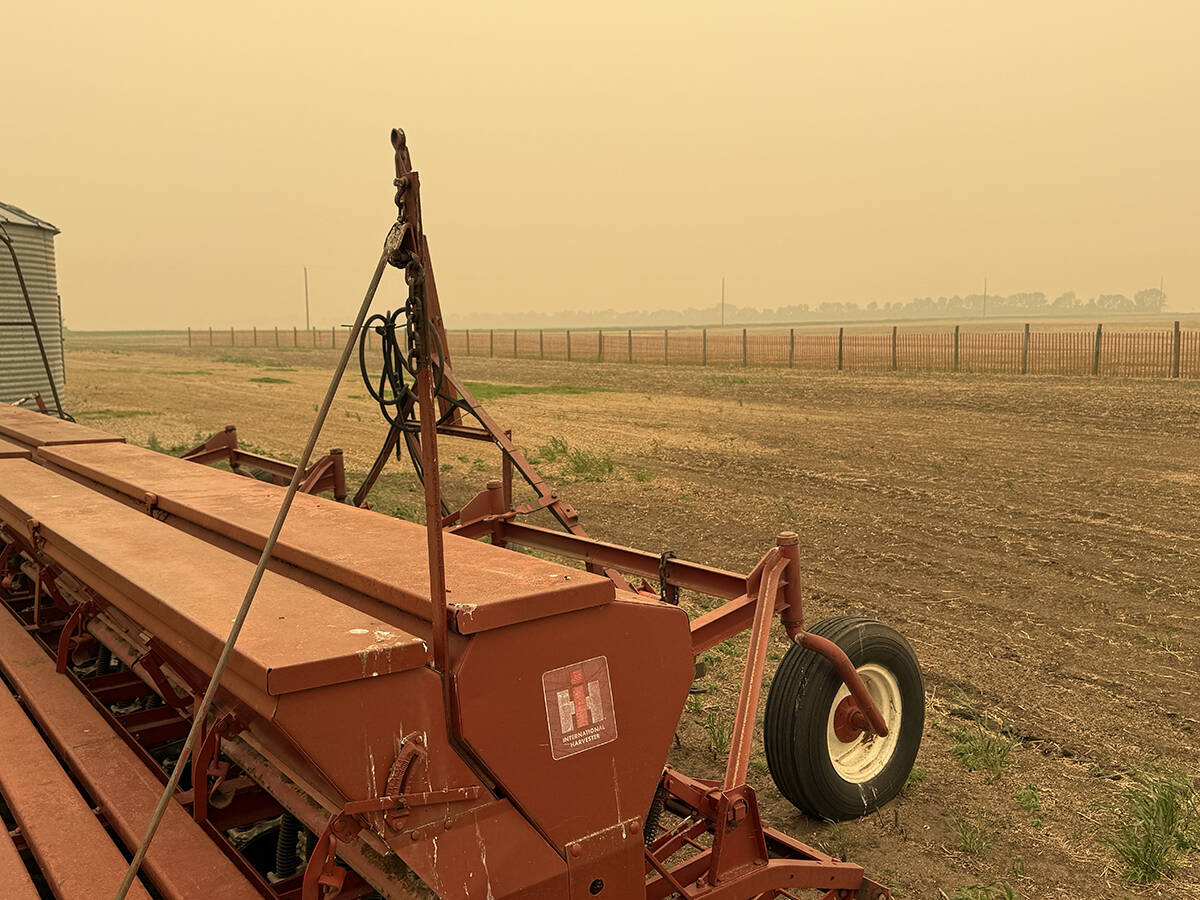The fluctuating Canadian dollar could determine whether margins stay healthy for prairie honey producers.
Hans Boedeker, who discussed world honey markets during the Saskatchewan Beekeepers’ Association conference in Saskatoon Dec. 3-5, detailed the upward journey of honey prices from under a dollar a year ago to today’s $1.50 per pound price. He cited the once high flying loonie and poor Argentine crop as the main reasons for the rise.
“If our currency stays at 80 cents, we may be able to maintain the price,” said the honey importer-exporter.
Read Also

Wildfires have unexpected upside this year
One farmer feels smoke from nearby wildfires shrouded the July skies and protected his crop from the sun’s burning rays, resulting in more seeds per pod and more pods per plant.
Most Canadian honey is sold in United States retail markets as a honey spread, with lesser amounts going to industrial and food service markets. China and India are also major honey suppliers for the U.S. but Boedeker noted China could face higher duties on imports in the near future.
He said most Canadian honey comes from the Prairies, with Saskatchewan producing one of the best crops this year. Most of the province’s production is found north of Highway 16 in canola growing areas of the northeast.
For producers, this year’s improved prices are enabling them to upgrade their operations, said Wink Howland, SBA secretary-treasurer.
Howland, who operates 650 hives at Howland’s Honey near Yorkton, Sask., is cautiously optimistic about the future.
“There’s never a lot of faith put in a big one year rise in prices,” he said.
Howland said dwindling honey supplies worldwide, farmland being taken out of bee production in Argentina and problems keeping colonies healthy in some parts of the world are positives for Saskatchewan producers.
“For North America, it should mean solidly increased sales and increased demands and should translate into better prices.”
Howland said prairie honey is well used in value added products. Its nondistinct flavour can be blended to improve the honey purchased from other countries.
The number of colonies has been constant in Saskatchewan despite the move to larger sized farm operations in recent years. Howland said most producers are aging and it’s difficult for younger ones to get financing for a medium sized operation, typically valued at $1 million.
The labour-intensive nature of the work, often done in layered clothing in hot weather, is another deterrent.
“There are easier ways to make a dollar.”














